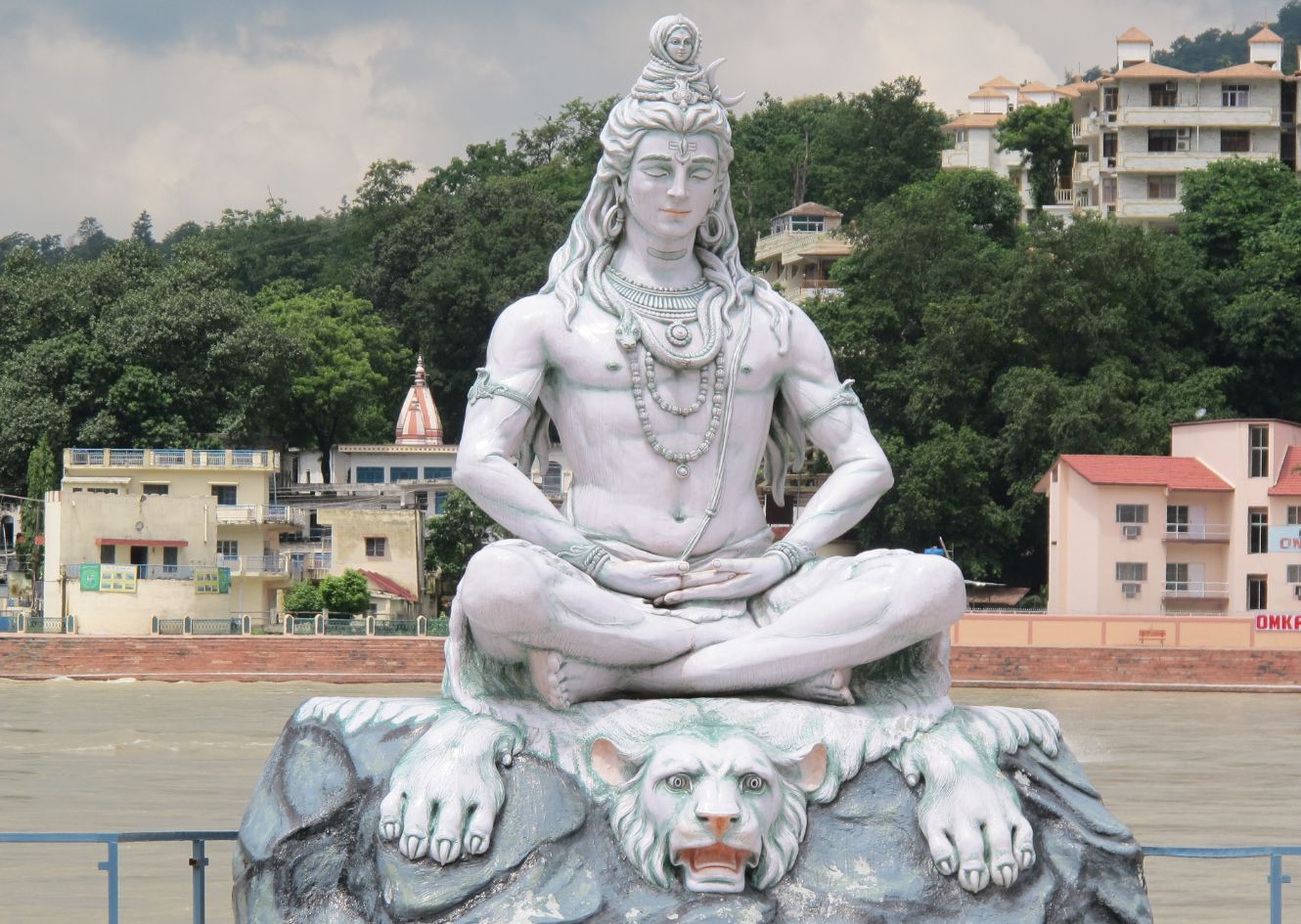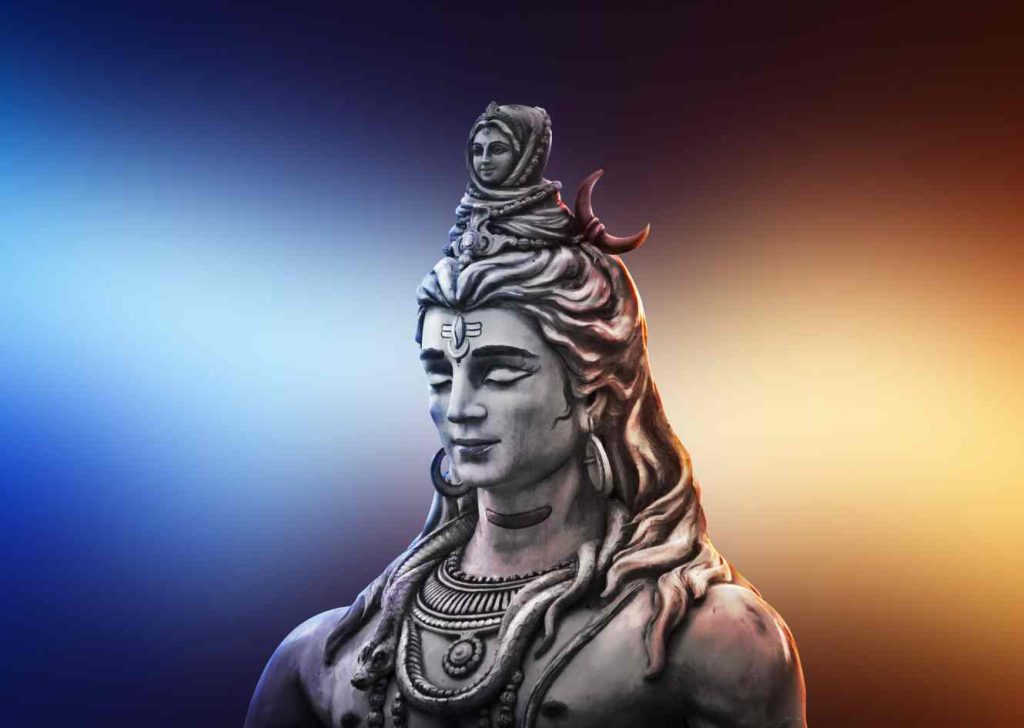The Shiva Purana Is A Powerful Guide to Shaivism

The Shiva Purana, one of the eighteen Mahāpurāṇas, a genre of ancient Indian scriptures, is prominent in Hindu religious literature. Dedicating itself to Lord Shiva, one of the principal deities in Hinduism, the Shiva Purana illustrates the life, characteristics, and exploits of Shiva, making it a significant source for understanding India’s cultural and religious history.
Like other Puranas, the Shiva Purana has evolved over centuries with various versions and recensions, making it challenging to ascertain its precise date of origin. Scholars suggest it may have originated between the 10th and 14th centuries CE. The extant text is arranged into seven Samhitas or sections: Vayaviya, Rudra, Shatrudra, Kotirudra, Uma, Kailasa, and Vayaviya. These are further divided into chapters, amounting to over 24,000 verses. The sections encompass diverse themes from cosmology, mythology, legends, theology, and philosophy, primarily centered around Shiva and his avatars.
Key Themes
The Shiva Purana is a comprehensive guide to Shaivism’s religious and philosophical tenets, highlighting Shiva’s multifaceted personality as a cosmic dancer, ascetic, family man, and supreme deity. It narrates the process of the universe’s creation and destruction, consistently emphasizing Shiva’s integral role.
Among its many tales, the Purana narrates the story of Shiva’s marriage to Parvati, His destruction of the demon Tripura, His manifestation as Linga, and the legend of the churning of the ocean (Samudra Manthan). It also expounds on the significance of Shiva’s symbols like the Trishula (Trident), Damru (Drum), and His mount, Nandi. It underscores Shiva’s embodiment of the ultimate reality (Brahman), transcending beyond the concepts of destruction and regeneration.
The Shiva Purana consists of several parts or books, which include thousands of verses and hundreds of chapters. It’s a treasure trove of mythological stories, hymns, and discourses that outline the principles and practices of Hinduism, with a focus on Shiva worship.
One of the significant aspects of the Shiva Purana is its detailed explanation of the 12 Jyotirlingas, the different forms of Shiva, the rituals and observances important to Shaivism, and the many stories that symbolize Shiva’s qualities. It emphasizes the cyclic nature of time and life, the concept of dharma (righteous duty), and the paths to moksha (liberation).

The essence of the Shiva Purana is to illustrate the interconnectedness of the cosmos and life and to provide a guide for living a fulfilling life. The central tenet glorifies Lord Shiva as the supreme divine force and his various leelas (divine plays) and forms.
The Shiva Purana serves as a comprehensive guide for Shaivism’s followers and an important cultural and philosophical resource for anyone interested in understanding the depth and diversity of Indian culture and Hinduism.
Shiva Purana and Devotional Practices
The Shiva Purana narrates mythical tales and provides instructions for rituals and festivals. It provides a blueprint for the construction of Shiva temples, the performance of Shiva Linga worship, and the observance of holy days like Shivaratri. As such, it significantly influences the practices of Shaivism and continues to guide devotees in their spiritual journey.
Though a religious text, the Shiva Purana is also a cultural, historical, and philosophical repository, providing a comprehensive understanding of Shaivism and Lord Shiva. It has significantly shaped Hindu thought and traditions, giving Shiva worship and devotion structure. By presenting the intricate complexities of the universe through the lens of Shiva’s cosmic role, it offers a deeper perspective on life, divinity, and the cycle of creation and destruction. Despite being centuries old, the Shiva Purana commands respect and reverence, reflecting its timeless appeal and profound spiritual insights.
